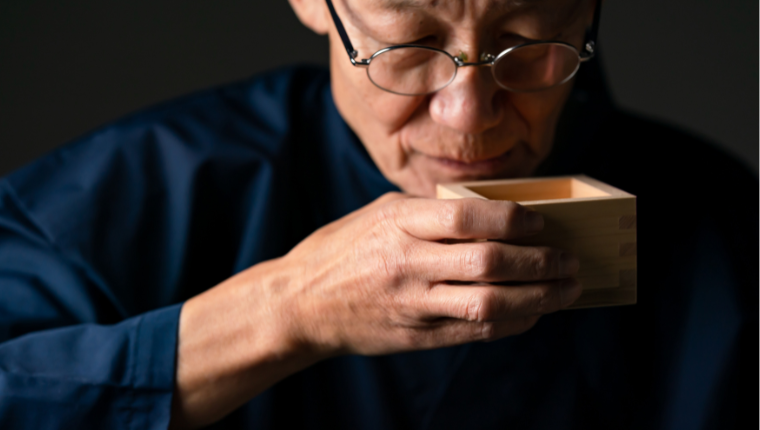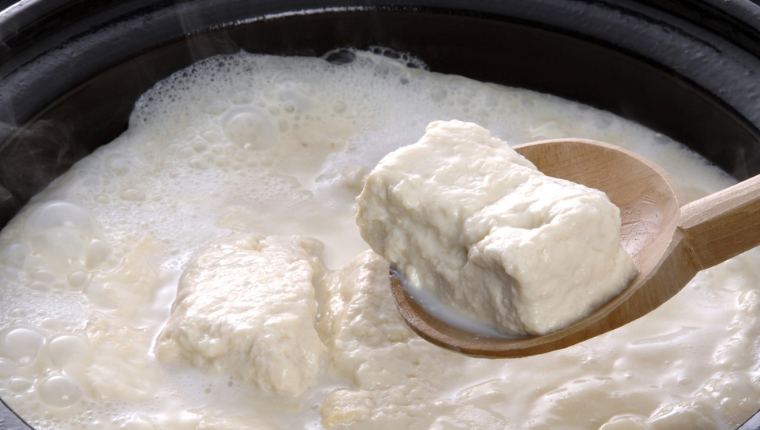- TOP
- > ExploreJapaneseCulture
- > Others
- > Japan’s Hot Spring Culture: Onsen
Update:2025.10.28
Japan’s Hot Spring Culture: Onsen
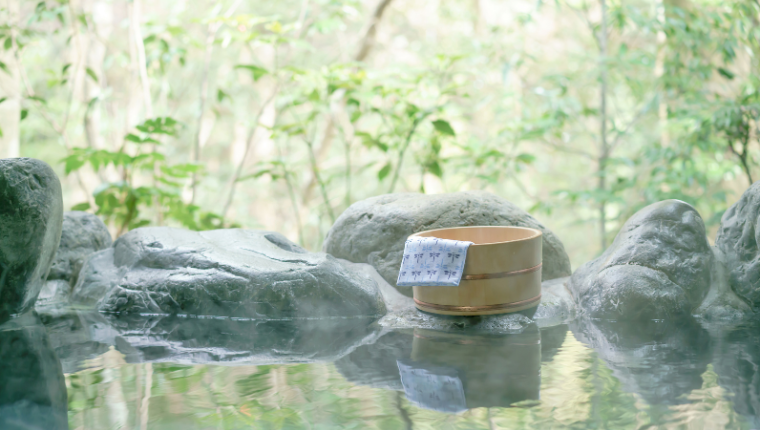
Scattered across Japan, onsen (hot springs) have soothed both body and mind for centuries.
From hidden baths in the mountains to seaside open-air tubs and historic hot spring towns, each region offers a unique charm that makes travel even richer.
In this guide, we’ll cover the basics—what onsen are, their types and benefits, and the etiquette to know—so you can fully enjoy one of Japan’s most iconic experiences.
Contents
What Is an Onsen? Basics and Benefits
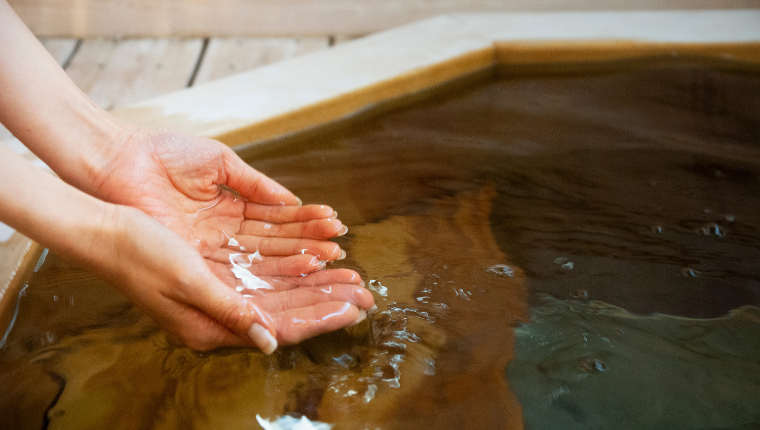 An onsen is water naturally heated deep underground that emerges at the surface. Thanks to Japan’s volcanic landscape, the country has an abundance of hot springs with diverse mineral qualities.
The benefits vary depending on the spring—some are known for skincare, others for easing fatigue or improving circulation. Another charm is that the experience changes depending on which onsen you visit.
For example, Kusatsu Onsen in Gunma is strongly acidic and valued for its antibacterial effects, Beppu Onsen in Oita is famous for its wide variety of waters and the unique “hell tours,” and Arima Onsen in Hyogo is known for its iron-rich “gold” spring and carbonate “silver” spring.
Since each hot spring has different qualities, part of the fun is wondering, “What kind of water will I find next?”
An onsen is water naturally heated deep underground that emerges at the surface. Thanks to Japan’s volcanic landscape, the country has an abundance of hot springs with diverse mineral qualities.
The benefits vary depending on the spring—some are known for skincare, others for easing fatigue or improving circulation. Another charm is that the experience changes depending on which onsen you visit.
For example, Kusatsu Onsen in Gunma is strongly acidic and valued for its antibacterial effects, Beppu Onsen in Oita is famous for its wide variety of waters and the unique “hell tours,” and Arima Onsen in Hyogo is known for its iron-rich “gold” spring and carbonate “silver” spring.
Since each hot spring has different qualities, part of the fun is wondering, “What kind of water will I find next?”
Spring Types and Benefits
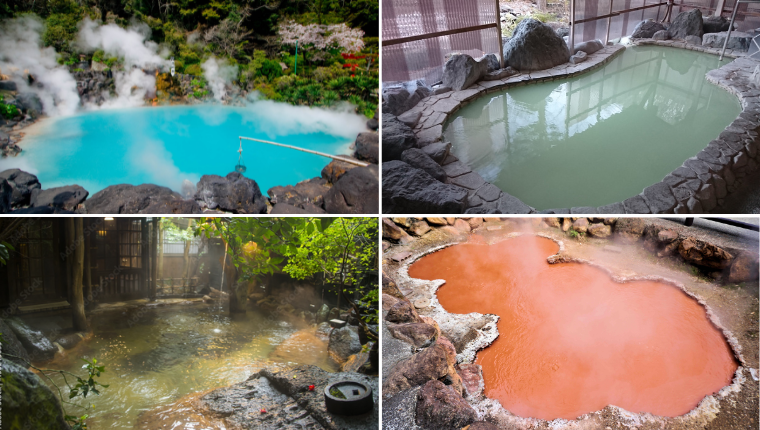 Japanese onsen differ in mineral content, and their effects vary too. Here are some common spring types and benefits.
Japanese onsen differ in mineral content, and their effects vary too. Here are some common spring types and benefits.
Spring types and their features
- Simple springs: Mild, low-irritation water that’s easy for everyone from children to seniors. Effective for fatigue recovery and relaxation.
- Chloride springs: Salt-rich water that helps you stay warm; recommended for cold sensitivity and common in places like Atami and Beppu.
- Sulfur springs: Distinctive smell with strong antibacterial properties; Kusatsu Onsen is a well-known example.
- Bicarbonate springs: Known as “beauty baths,” leaving skin smooth and moisturized after soaking.
- Iron springs: Reddish water containing iron; said to help with anemia and cold sensitivity. Arima’s “Gold Spring” is famous.
- Acidic springs: Strong sterilizing effect and considered good for some skin conditions, but the water is intense—avoid long soaks.
Choosing by Benefits
Pick an onsen based on what you’re after:- Tired muscles: Simple springs, carbonated baths
- Cold hands and feet: Chloride or iron springs
- Skincare: Bicarbonate springs
- Antibacterial effect: Sulfur or acidic springs
Recommended
-
What Does “Kakenagashi” Mean?
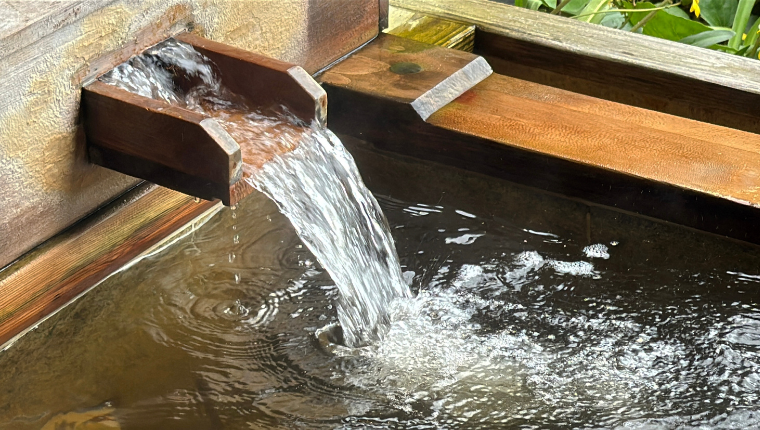 You’ll often see signs describing how the hot water is managed:
You’ll often see signs describing how the hot water is managed:
- Gensen Kakenagashi (源泉かけ流し, free-flowing): Fresh spring water flows directly into the bath without recycling; the overflow drains away, keeping it pure and fresh.
- Junkan roka-shiki (循環ろ過式, circulation/filtration): Used water is filtered, reheated, and reused; common in larger facilities where many people bathe.
- Kasui (加水, dilution): Cold water is added when the natural spring is too hot.
- Kaon (加温, reheating): The spring is warmed up when the natural temperature is too low.
Enjoying Onsen Through Japan’s Four Seasons
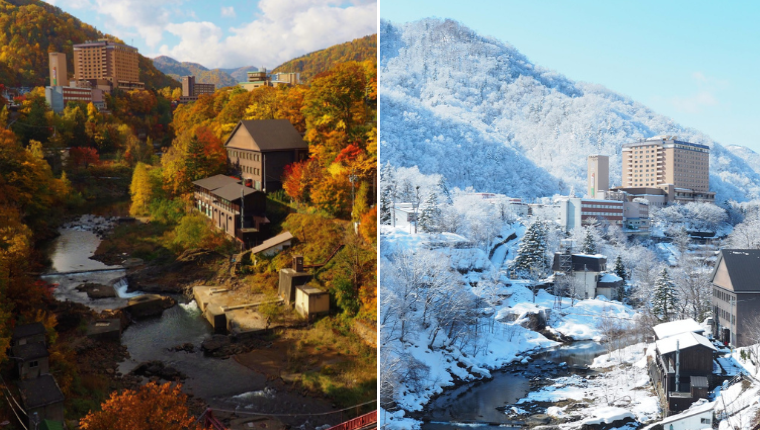 The atmosphere of Japan’s onsen changes completely with the seasons.
In spring, relax in open-air baths surrounded by cherry blossoms or fresh greenery, feeling the gentle breeze on your skin.
In summer, soak under the clear blue sky or enjoy a nighttime bath beneath a blanket of stars.
Autumn brings stunning views of colorful mountains, where the cool air and warm water create the perfect balance that makes you want to linger a little longer.
In winter, it’s time for snow-viewing baths—quiet moments surrounded by white landscapes and rising steam offer pure serenity.
Experiencing the beauty of nature and the warmth of onsen throughout the seasons is one of the greatest pleasures of Japan’s hot spring culture.
The atmosphere of Japan’s onsen changes completely with the seasons.
In spring, relax in open-air baths surrounded by cherry blossoms or fresh greenery, feeling the gentle breeze on your skin.
In summer, soak under the clear blue sky or enjoy a nighttime bath beneath a blanket of stars.
Autumn brings stunning views of colorful mountains, where the cool air and warm water create the perfect balance that makes you want to linger a little longer.
In winter, it’s time for snow-viewing baths—quiet moments surrounded by white landscapes and rising steam offer pure serenity.
Experiencing the beauty of nature and the warmth of onsen throughout the seasons is one of the greatest pleasures of Japan’s hot spring culture.
Enjoying an Onsen Town
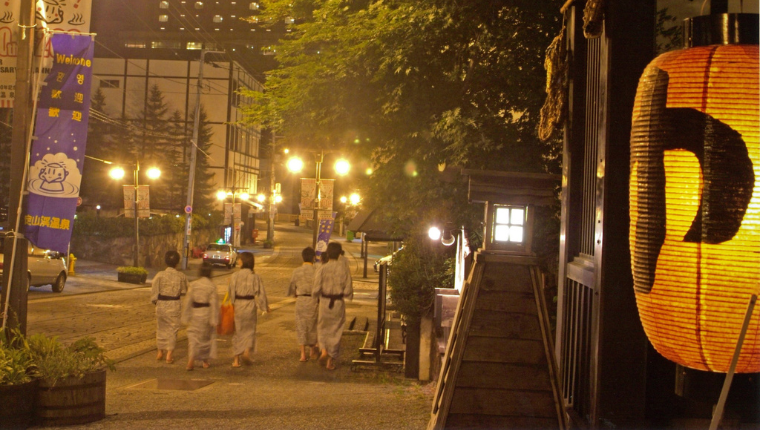 An onsen town (onsen-gai) is a place where inns, hotels, souvenir shops, and restaurants are clustered around the hot springs. Strolling leisurely in a traditional yukata and enjoying local sake or regional dishes is one of the pleasures of the trip.
Many onsen towns are also surrounded by beautiful nature and scenic viewpoints, offering landscapes so picturesque you’ll want to capture them on camera.
Each season brings its own charm—cherry blossoms in spring, colorful leaves in autumn, and snowy scenes in winter. By day, you can enjoy walking through the town or exploring nature, and by night, experience seasonal illuminations and festivals.
Using an onsen town as your base and combining it with a bit of sightseeing makes your journey even more fulfilling.
An onsen town (onsen-gai) is a place where inns, hotels, souvenir shops, and restaurants are clustered around the hot springs. Strolling leisurely in a traditional yukata and enjoying local sake or regional dishes is one of the pleasures of the trip.
Many onsen towns are also surrounded by beautiful nature and scenic viewpoints, offering landscapes so picturesque you’ll want to capture them on camera.
Each season brings its own charm—cherry blossoms in spring, colorful leaves in autumn, and snowy scenes in winter. By day, you can enjoy walking through the town or exploring nature, and by night, experience seasonal illuminations and festivals.
Using an onsen town as your base and combining it with a bit of sightseeing makes your journey even more fulfilling.
History and the Culture of Toji
Japan’s onsen culture is ancient, with records dating back over 1,300 years. In the Heian period, nobles enjoyed bathing, and by the Edo period, it had spread to the common people. The practice of toji—long stays for recovery from illness or injury—also developed, becoming a unique part of Japan’s health culture. Even today, some inns welcome guests for toji stays aimed at easing conditions such as atopic dermatitis or joint pain. More than simple bathing, onsen is a healing tradition supported by both nature and history, deeply tied to Japanese daily life.Onsen Etiquette
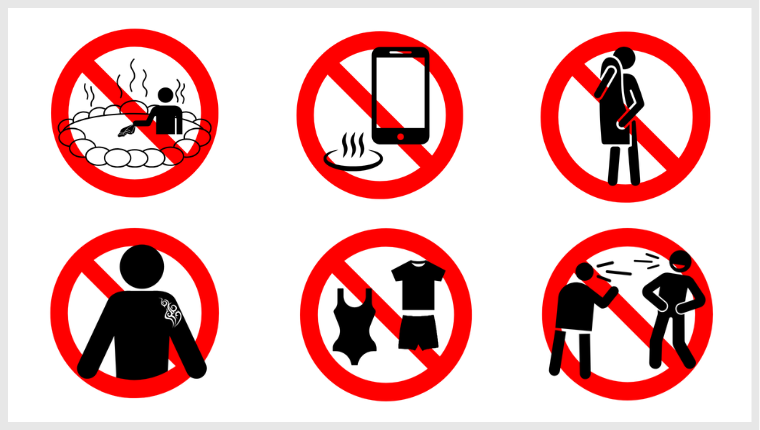 To enjoy an onsen comfortably, it’s important to follow some basic manners:
To enjoy an onsen comfortably, it’s important to follow some basic manners:
- Rinse your body before getting into the bath.
- Do not use soap or shampoo in the tub.
- Do not put towels in the water.
- No swimming or running in the bath.
- Photography is not allowed in changing rooms, bath areas, or open-air baths.
- Tattoos may be restricted depending on the facility, so check in advance.
Experience Japan’s Onsen Culture
Onsen are a healing tradition nurtured by Japan’s nature and history. By learning about spring types and benefits, you can choose one that suits you—and also enjoy strolling through onsen towns and exploring local food culture. When you visit Japan, be sure to refresh both body and mind in an onsen and experience this one-of-a-kind hot spring culture.Recommended-
About the Writer
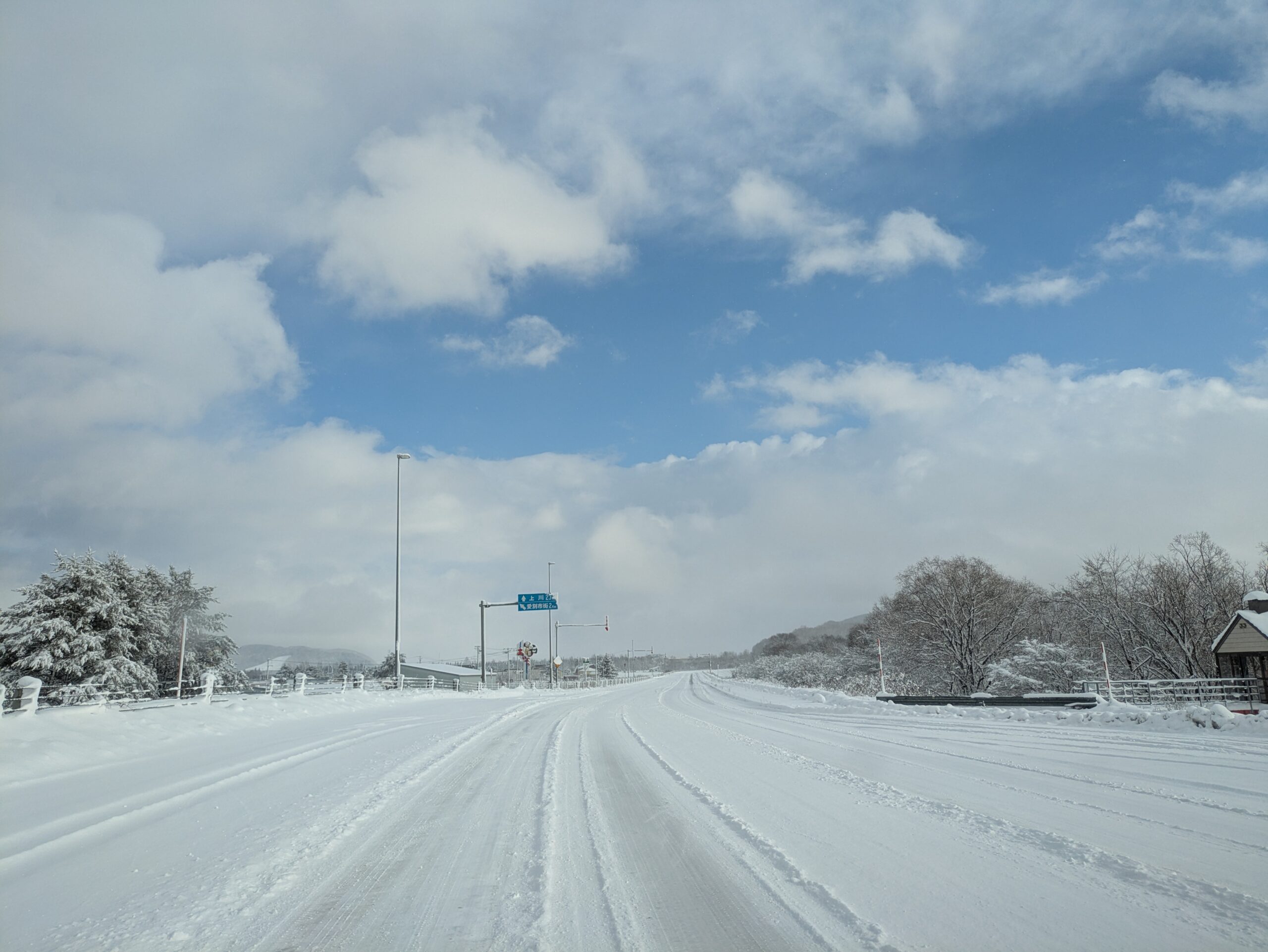
Sayaka Yano
Living in Hokkaido and a mother of two. I have been fascinated by Japanese culture since childhood, and even now, just seeing a castle makes me happy. I never miss movies or period dramas featuring ninjas! Japan is still full of wonderful regions and unique cultures that are not yet well known. I will share these hidden charms of Japan in a clear and enjoyable way.
Search by Keyword
Explore More of Japan



 Others
Others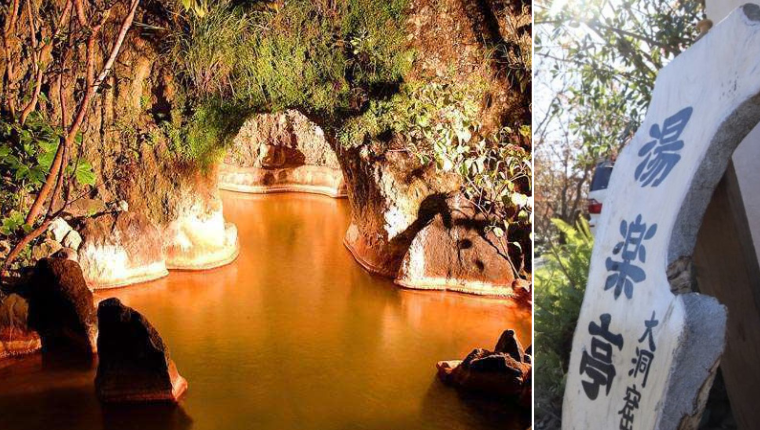
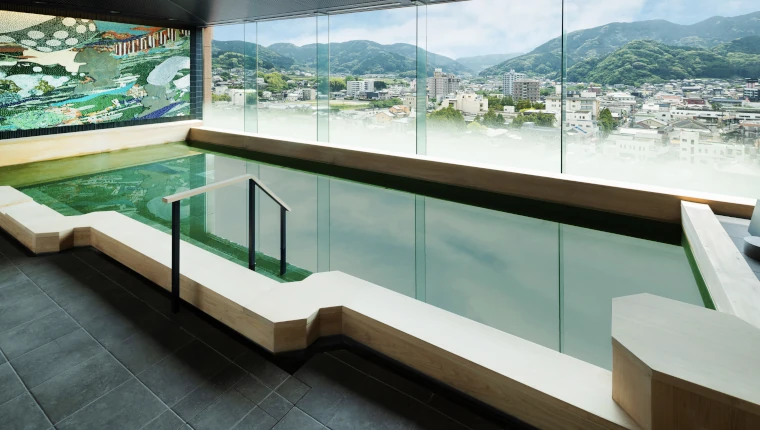
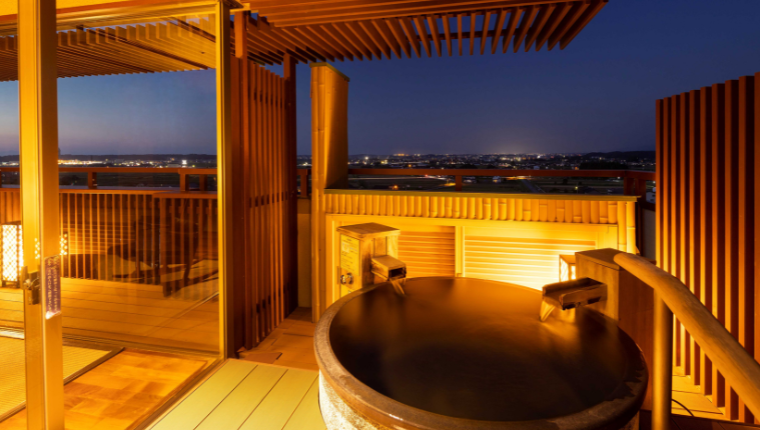
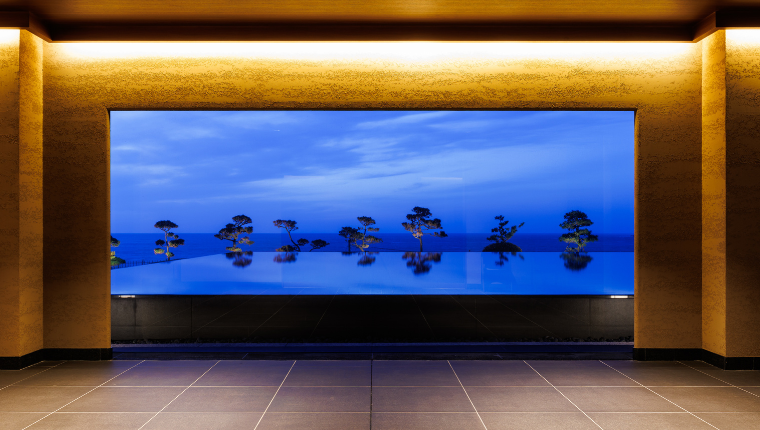
 Japanese Castle
Japanese Castle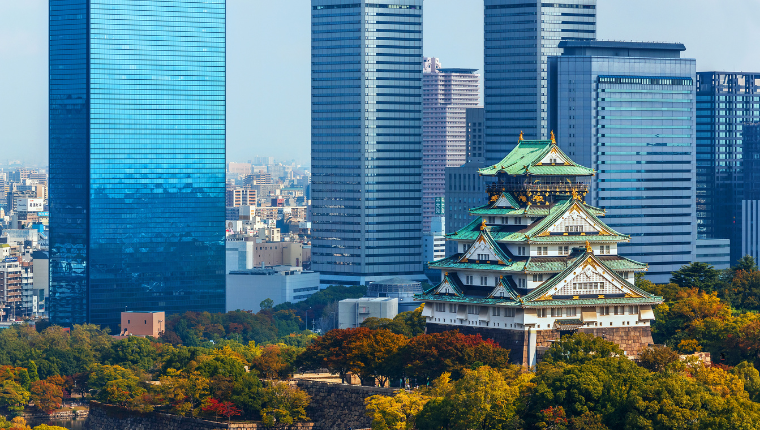
 Japanese Food
Japanese Food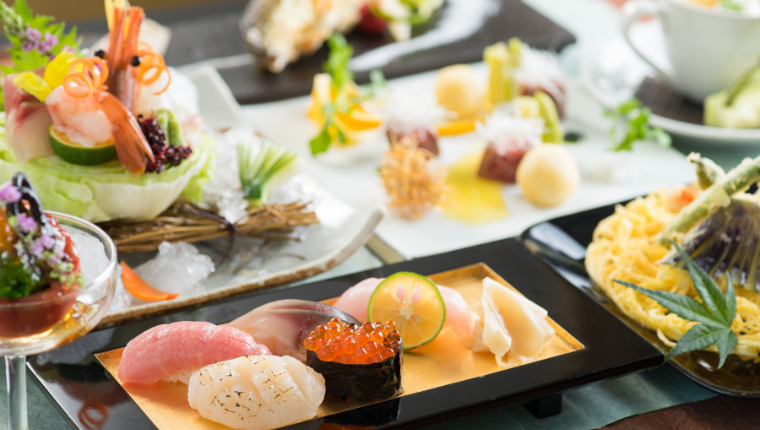
 Sake & More
Sake & More